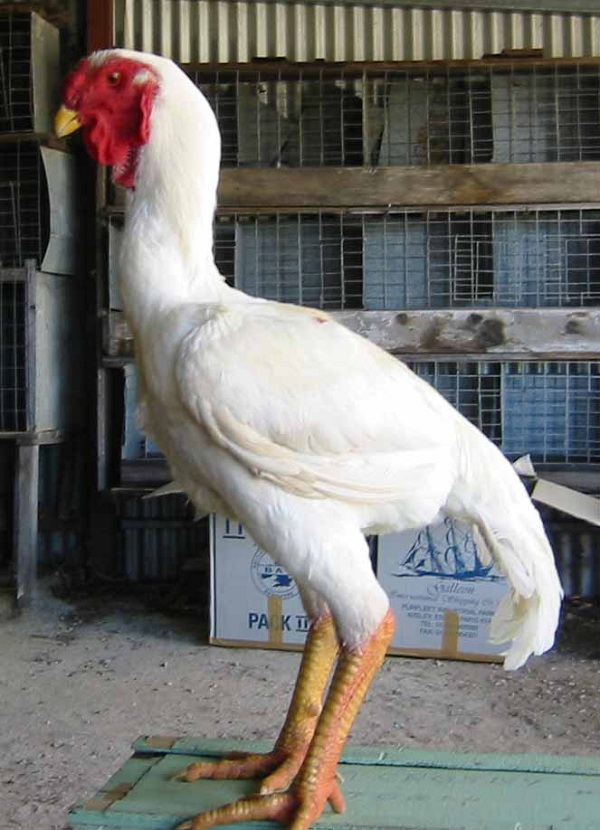

In the year 1239, Giovanni di Guglielmo of Prata, and was also the feudal Lord of Gualdo. In fact this happened with the first Crusade. What this meant was that Gallo was obliged to provide a military contingent of 12 soldiers and 12 valets in the event of military action (war). During this period, Gallo was designated as "Feudum Unius Milites". In 1154, Gallo was called Gualdum (most likely from the German " Wald", meaning wood(s), forest) and was the possession of Riccardo, count of Fondi. This ancient “road” is likely the link connecting the Abebuzia road by Alife and the Latina which runs near Venafro.Īfter the fall of the Roman Empire, thanks to its remote location, Gallo was spared from the Barbarian invasions. The cart tracks, cut in the rock of the "Pesco Rosso" and the "Maragoni" rift, climb from the Volturno plain to Gallo Matese and beyond. We might also conclude that the cart tracks near Vallelunga date back to this period, and provide evidence of the Roman presence in this area. Another example of "Megawalls" can be seen in the village of Pietrabbondante, in the Molise region, near Isernia. The "Megawalls", as these are called, are typical of the Sanniti culture. This evidence is located in walls in the nearby village of Letino, about 3 km from Gallo. There is evidence of the Sanniti presence in our area during that period. When Rome restructured the italic regions the Matese became part of the first region. We learn next that the Romans won the II and III and that the Sanniti and the Montesi found themselves under the rule of roman power. The Montesi took part in the wars that the "Sanniti Pentri", along with the other Sanniti tribes, fought against the rising Roman power (I, II and III wars against the Sanniti). It is quite logical and natural to interpret Montesi as "inhabitants of mountains". Tito Livio spoke about a brave people inhabiting the Northern area of the Campania region. The Man has been called Homo Aeserniensis. But, the 1979 unearthing of fossilized human remains in near-by downtown Isernia has been described as "Europe's most important paleoanthropological discovery" The bones are believed to be of a primitive man who lived in and around our localities about 700.000 years ago. There are no official accounts detailing the exact date when the first human being was discovered roaming through the Gallese environs.

I hope this page will shed some light on the past and further the understanding of where the people came from who eventually became the Gallesi of today. The history of Gallo and the origin of its people is a bit obscure for some reasons. Gallo Matese is a village amid the Matese Mountains at the north-eastern edge of la Campania: In Italy’s Mezzogiorno. The archipelago is part of the Marine Protected Area of Punta Campanella.This page has some errors and will be updated as soon as possible. The property then passed to another famous Russian dancer, Rudolf Nureyev, who bought it in 1989: shortly after his death in 1993, the archipelago passed into the hands of other private individuals. In 1924, the Russian choreographer and dancer Leonide Massine bought the archipelago, having a magnificent villa built on those ruins which the architect Le Corbusier further embellished. Li Galli has always exercised a great charm, so much so that it is coveted by many famous people. According to an old toponymy, the three-island archipelago was called Le Sireneuse, because according to a dating legend it was inhabited by splendid sirens, who with their song managed to charm passing sailors, with an obvious reference also to the journey of Ulysses. Three islands form the archipelago, Gallo Lungo, La Rotonda and La Castelluccia, and together they integrate an extremely suggestive marine protected area. The Li Galli islands make up a tiny archipelago between Capri and Positano, one of the most evocative places not only in Campania, but in the whole Mediterranean.


 0 kommentar(er)
0 kommentar(er)
